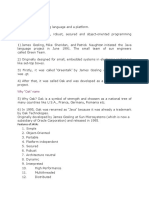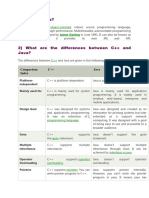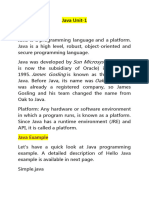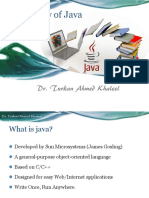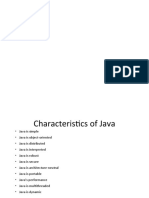0% found this document useful (0 votes)
47 views17 pages0-2. Java DCC Book
m
Uploaded by
T. YeasminCopyright
© © All Rights Reserved
We take content rights seriously. If you suspect this is your content, claim it here.
Available Formats
Download as PDF or read online on Scribd
0% found this document useful (0 votes)
47 views17 pages0-2. Java DCC Book
m
Uploaded by
T. YeasminCopyright
© © All Rights Reserved
We take content rights seriously. If you suspect this is your content, claim it here.
Available Formats
Download as PDF or read online on Scribd
/ 17


